ENGLISH-FON : UNIT: 6(PART: 4)CARE OF UNCOUNCIOUS AND BEDRIDDEN PATIENT-UPLOAD
unit : 6(part : 4) Care of unconscious and bedridden patient
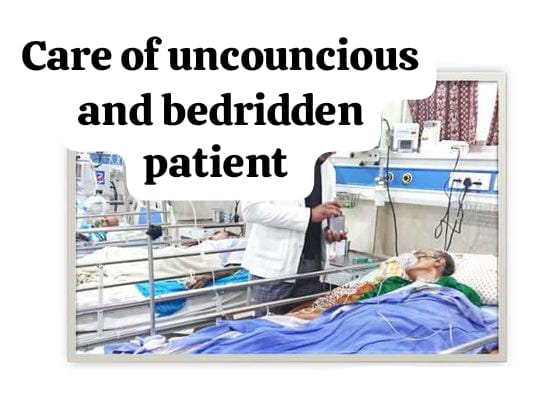
key – terms
Unconscious:
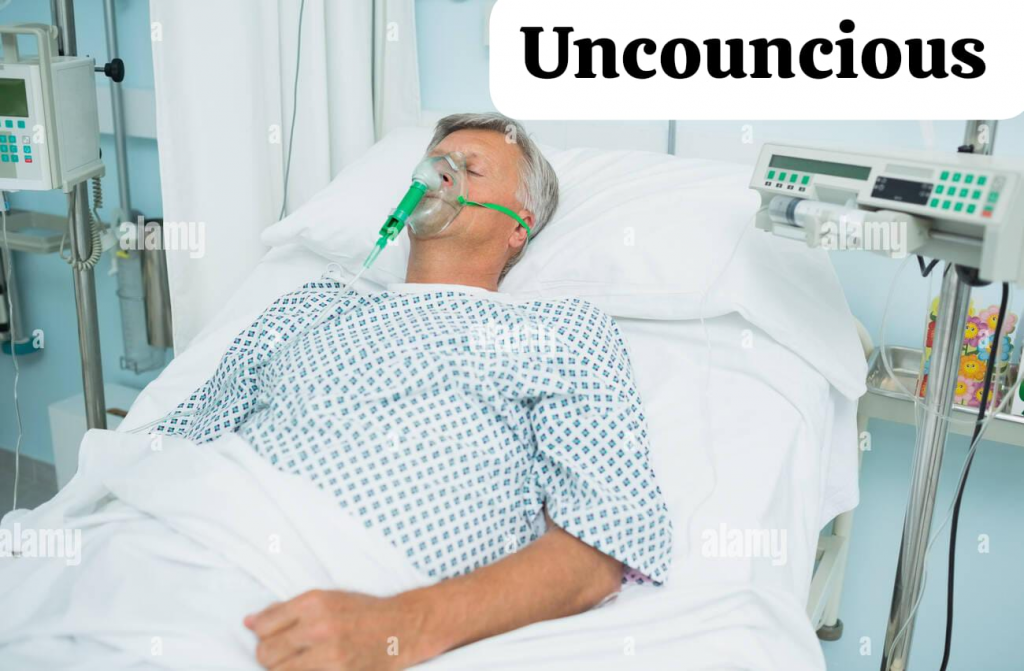
Unconsciousness is a condition in which a person is not aware of their surroundings.
Pain:
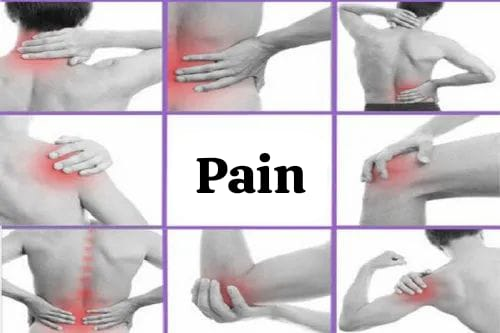
It is an unpleasant sensory and emotional experience that occurs due to actual and potential tissue damage.
Acute pain:
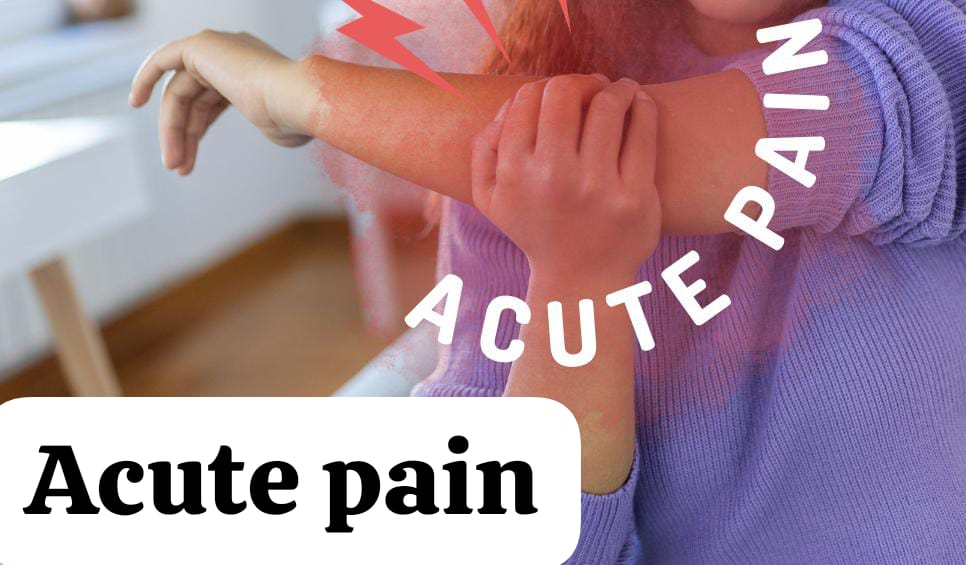
These are episodes of pain that last less than 6 months.
Chronic pain:
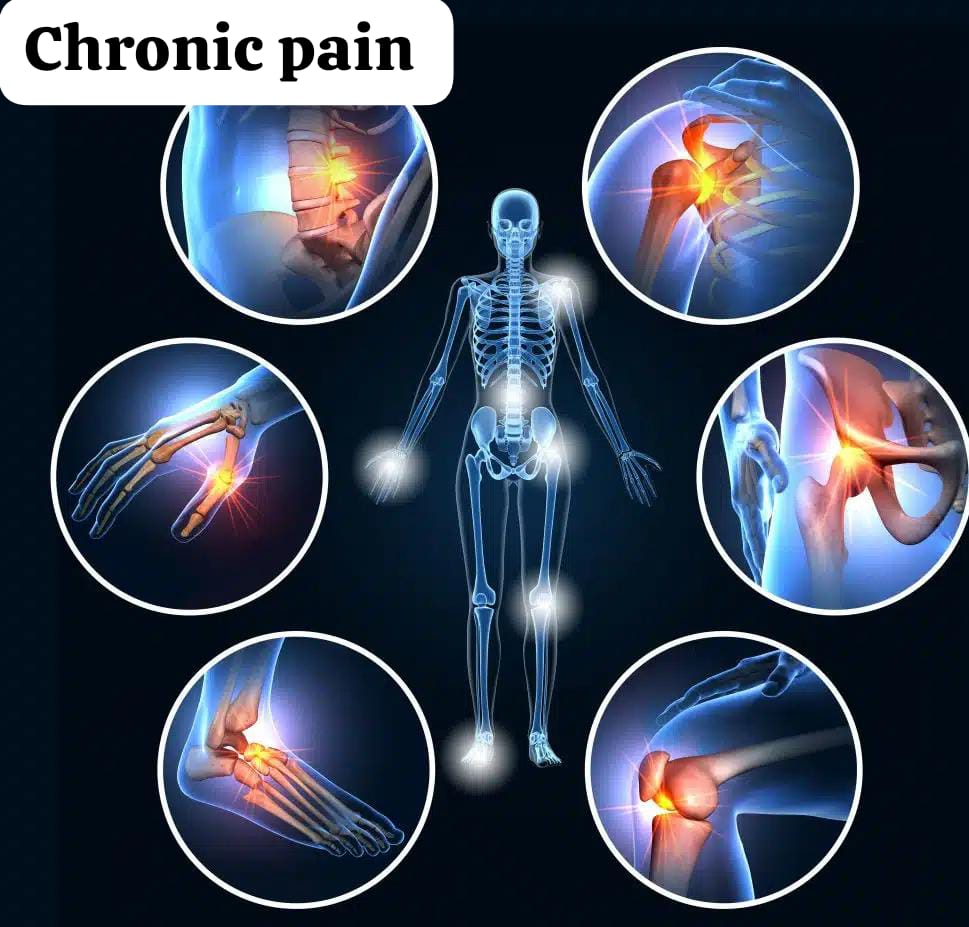
These are episodes of pain that last for more than 6 months.
Phantom pain:
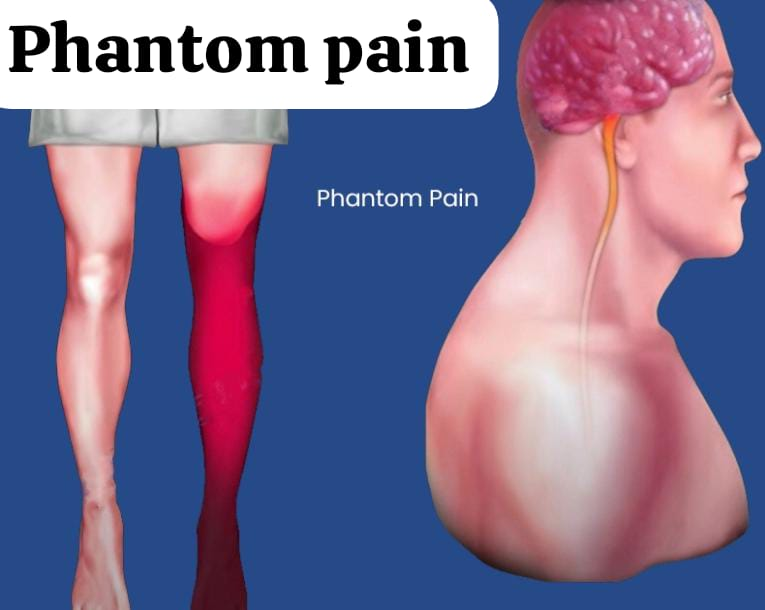
The sensation of pain without demonstrable physiological or pathological substance after amputation of any part of the body.
Bladder irrigation:
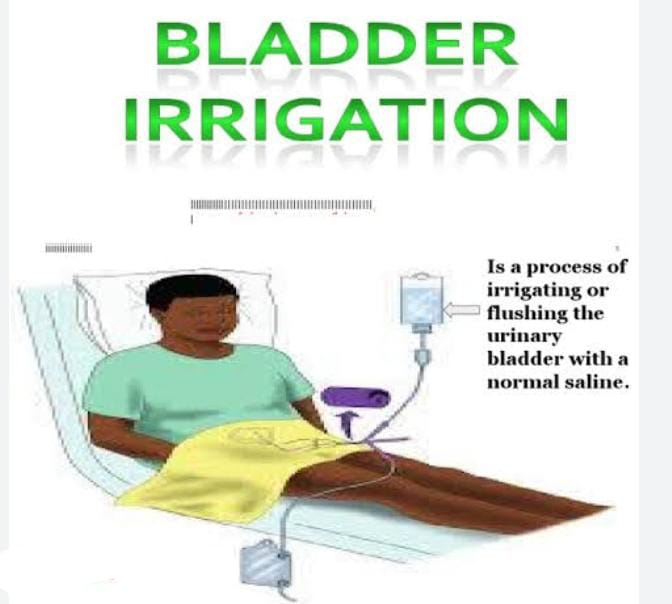
This is a procedure that It is performed to wash out the urinary bladder.
Introduction:
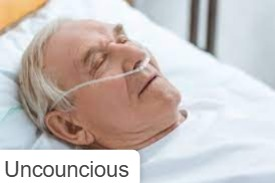
Unconsciousness means the patient is unaware of what is going on around them and is unable to make purposeful movements. An unconscious patient is dependent on others for all their needs.
Most common causes of prolonged unconsciousness include:
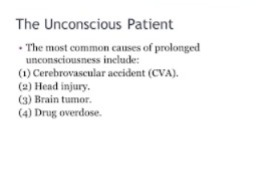
1)Cerebrovascular Accident
2)Head Injury
3)Brain Tumor
4)Drug Overdose.
General Nursing Considerations
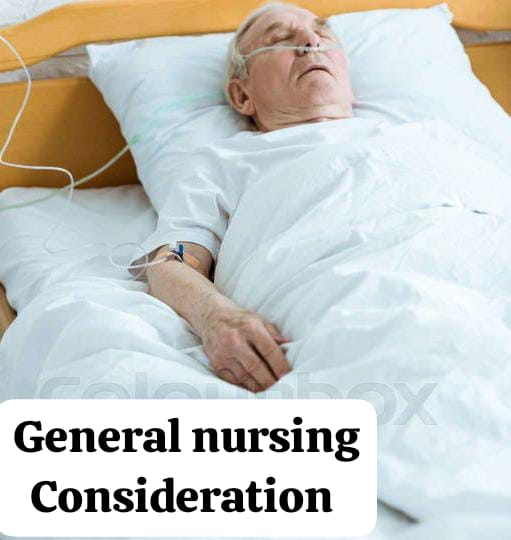
- Always assume that the patient can hear, no matter who they are Even if he does not respond, do not respond.
- Always address the patient by name and tell him what you are going to do.
- Avoid any discussion about the patient’s condition in the patient’s presence.
- Regularly observe and record the patient’s vital signs and level of consciousness.
- Always take a rectal temperature.
- Report changes in vital signs to the professional nurse.
- Note changes in response to stimuli.
- Note the return of protective reflexes such as blinking the eyelids or swallowing saliva.
- Keep the patient in a room at a comfortable temperature. Check the patient’s extremities for warmth or coolness of the skin. If the patient’s skin is too warm or too cool, adjust the room temperature.
Care of the patient:
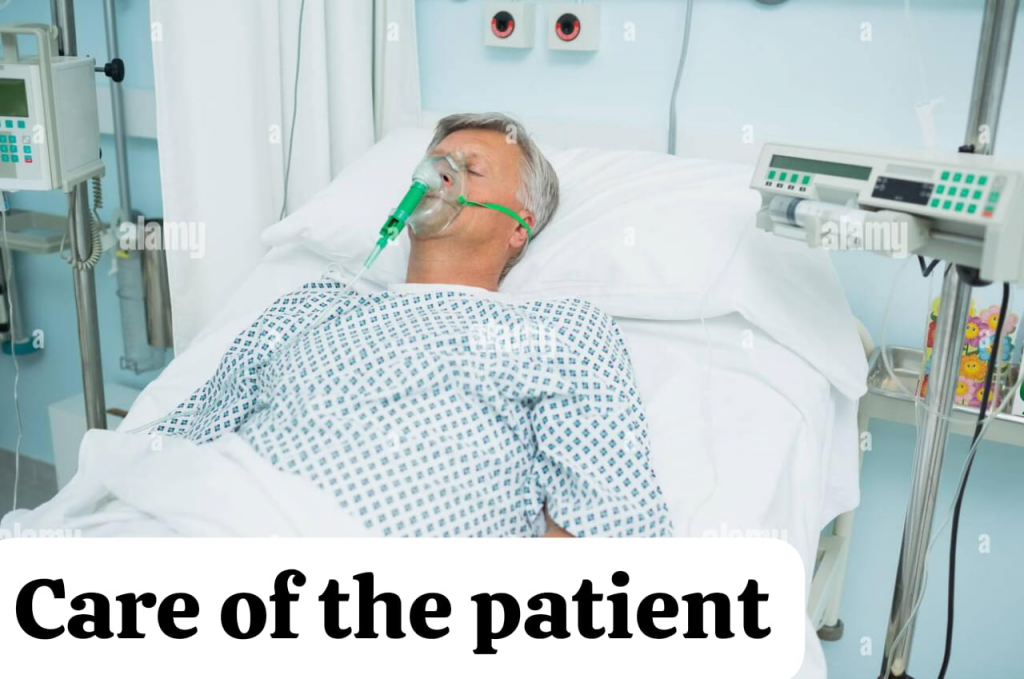
Airway and Breathing:
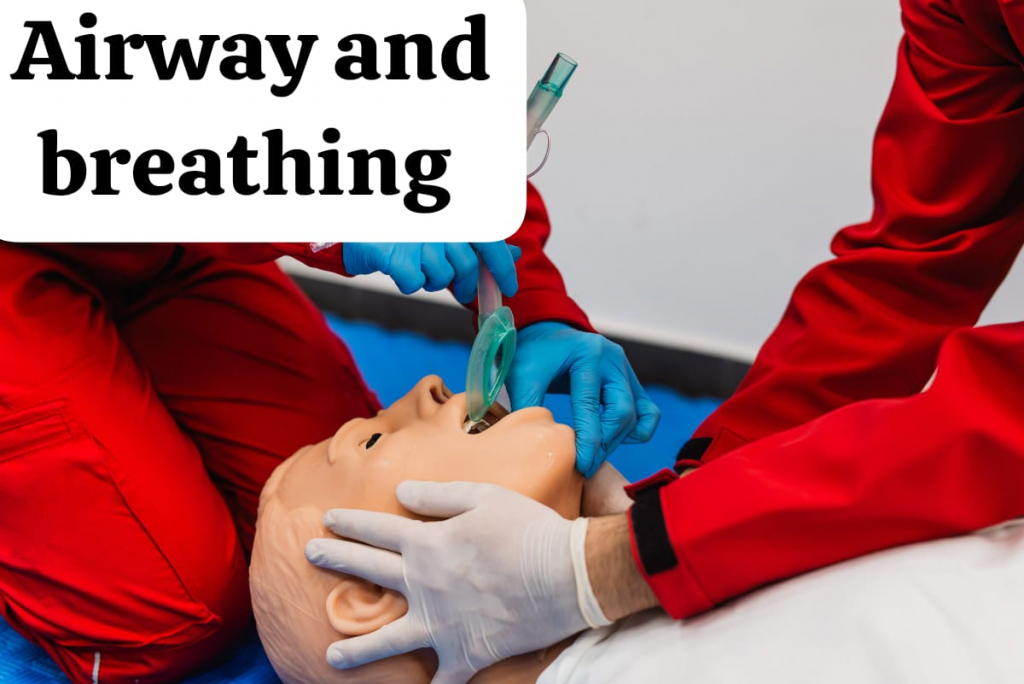
- Provide the patient with proper positioning to keep the airway patent and maintain it. Whenever possible, provide the patient with a lateral position and keep the chin extended to prevent airway obstruction by the tongue.
- The lateral recumbent position is often referred to as the ‘coma position’. This is the safest position for a patient who is left unattended.
- Suctioning the mouth, pharynx, and trachea is necessary to prevent aspiration of secretions.
- Providing the patient with side-to-side repositioning can prevent mucus and secretions from entering the lungs.
- Administer oxygen to the patient as ordered.
- Suction should always be available to prevent vomiting and aspiration.
Nutritional Needs:
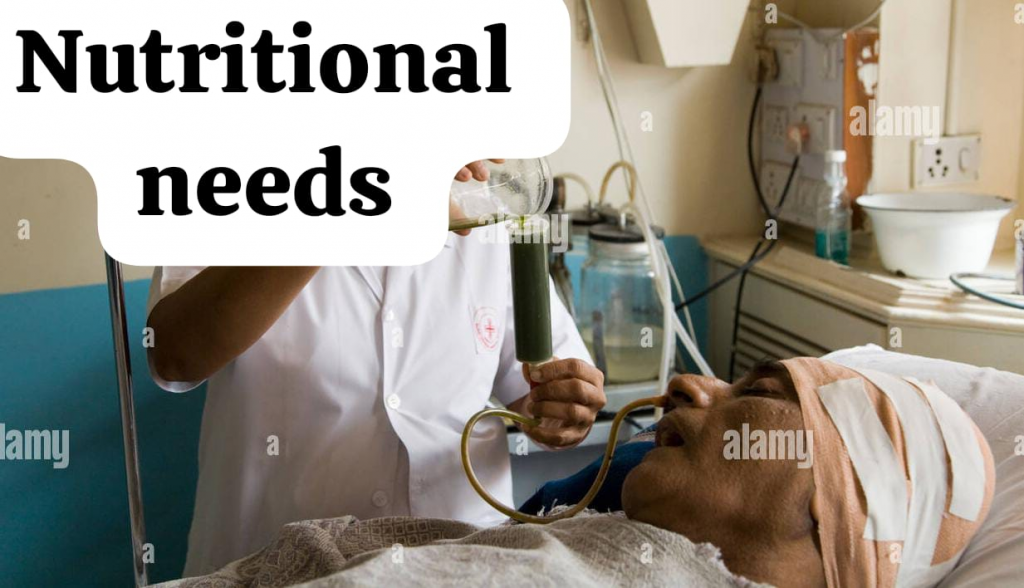
- Unconscious patients are usually fed and given medications by mouth.
- Always make careful observations when administering anything to the patient by mouth.
- Do not leave the patient unattended while providing mouth feeding.
- Keep an accurate record of all intake (feeding formula, water, liquid medication).
- When providing tube feeding to an unconscious patient, it is best to provide proper positioning by placing the patient in a sitting position with support from pillows. Providing this position allows the feeding or medication to move downwards by gravity and reduces the chances of aspiration of the feeding into the airway.
- Maintain fluid intake through intravenous therapy if the patient requires it.
- Keep an accurate record of intake and output when providing intravenous fluids to the patient.
- Observe the patient properly for any signs of dehydration or fluid overload.
Skin care:
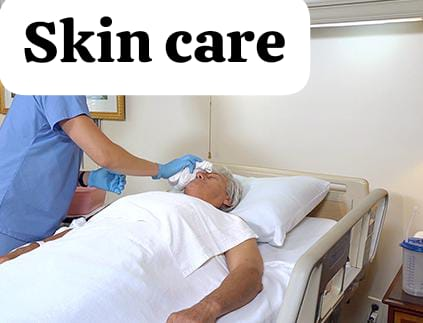
- Provide a complete bath to the unconscious patient every other day to prevent drying of the skin. Maintain cleanliness by bathing the patient’s face and perineal area daily.
- Lubricate the patient’s skin with a moisturizing lotion after bathing.
- The patient’s nails should be kept short because the patient may scratch himself with his nails.
- Provide oral hygiene at least twice per shift. Include the tongue, all surfaces of the teeth, and all soft tissue areas. Unconscious patients are often mouth breathers. This causes the saliva to dry out and adhere to the surface of the mouth and teeth.
- Always keep suction apparatus immediately available when caring for the mouth of an unconscious patient.
- Apply petroleum jelly to the lips to prevent drying.
- Keep the nostrils free of crusted secretions. Prevent drying by using lotions, petrolatum, and water-soluble lubricants.
- Check the eye frequently for any signs of infection or irritation. Normal eye blinking and tear-washing mechanisms are absent and neglect can cause permanent damage to the cornea. Use only cleansing solutions and eyedrops ordered by the physician. A similar solution, such as methyl cellulose (also known as ‘artificial tears’), may be ordered for instillation at frequent intervals to prevent irritation.
- If the patient is incontinent, wash and dry the perineal area properly after each incident.
- Change bed linen if it is wet or soiled.
- Observe the patient’s skin properly for evidence of skin breakdown.
- Provide proper skin care to the patient whenever the patient is turned during a position change.
- Perform proper examination to assess for skin irritation or breakdown.
- Apply lotion as needed if patient requires.
- Gently massage skin to stimulate circulation.
Elimination:
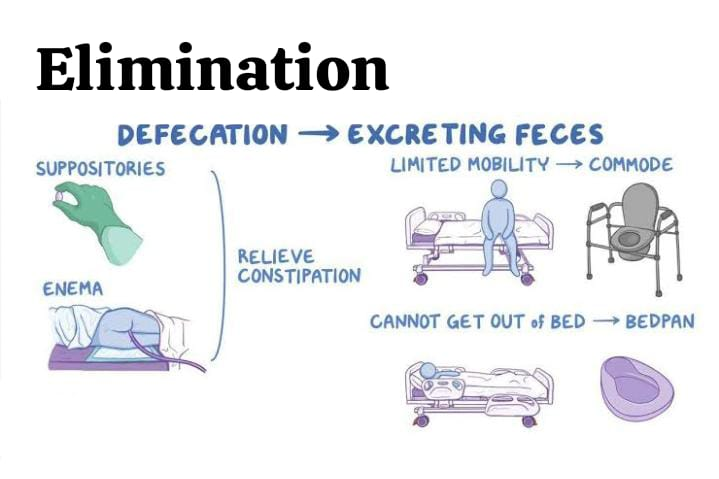
- The bowel should be evacuated regularly to prevent stool impaction.
- Accurate records of bowel movements should be kept, including the time, amount, color, and consistency.
- Liquid stool softeners are prescribed by a physician to prevent constipation or impaction, usually administered once a day.
- Assess for fecal impaction. The patient may have stool incontinence, yet the rectum is never completely evacuated. Small, frequent, loose stools may be the first sign of impaction.
- If ordered, use proper technique for effective administration and effective return of feces and solution.
- Advise regular bladder emptying to prevent infection and stone formation.
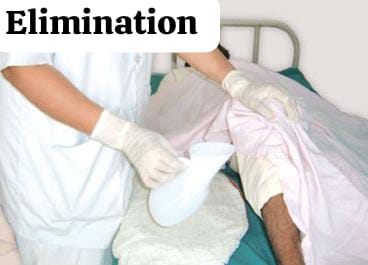
- Provide adequate fluids to the patient to prevent dehydration.
- Record the patient’s accurate intake output.
- Report to a professional nurse if urine output is low To do.
- If there is a catheterized patient, then provide catheter care once every shift to prevent infection.
Positioning:
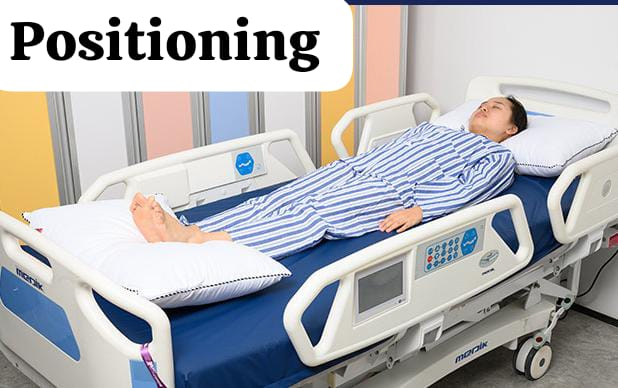
- When positioning an unconscious patient, particular attention should be paid to maintaining proper body alignment. An unconscious patient may not be able to tell you if they are uncomfortable or feel pressure on their body parts.
- Limbs should be properly supported. If there are flaccid limbs, they should not be left unsupported.
- When turning the patient, maintain alignment and do not let the arms get caught under the torso.
- Changing the patient’s position every two hours can prevent or reduce the risk of complications such as decubitus ulcers, orthostatic pneumonia, and thrombophlebitis.
- Utilizing a foot board at the end of the bed to reduce the possibility of foot drop.
- When joints are not exercised daily through their full range of motion, muscles gradually shrink, which is known as contracture. Passive exercise is essential for unconscious patients to prevent contracture.
- Perform range of motion exercises under the direction of a physical therapist.
- Nursing personnel should be proficient in ROM exercises. Physical therapy personnel are not always available.
- Nursing care is responsible for maintaining the patient’s range of motion.
- The patient should take proper precautions to prevent pressure sores from developing.
- Use a protective mattress such as a flotation mattress, alternating pressure mattress, or egg crate mattress.
- Change the patient’s position every two hours.
- Unless contraindicated, remove the patient from bed and place them in a cushioned supportive chair.
- To protect the patient from injury.
- Keep the side rails up.
- Pad the rails with pillows or folded blankets.
- Use draw sheets for easy turning.
- Keep suction equipment available at the patient’s bedside during emergency situations.
Restraints:
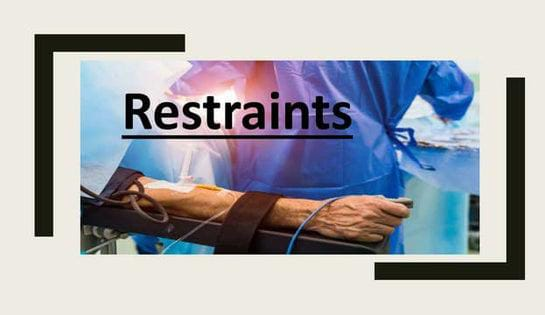
- Use restraints only if ordered by a physician.
- Use a “mitten” restraint to prevent the patient from pulling on catheters, IV lines, or their hair. (Patients who are not in a deep coma may scratch themselves.)
- A restless, confused patient will actively resist the restraint and will struggle more and more when some freedom of movement of the arms and legs is not provided.
- Precautions should be taken to ensure that the restraint provided to the patient does not cut off circulation and does not irritate the skin.
Care of the bedridden Patient (Traction, fracture,Etc…):
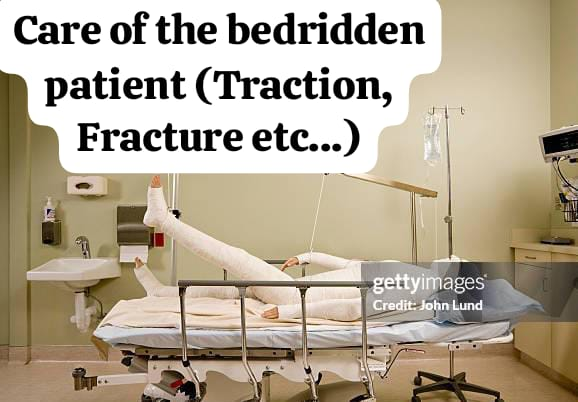
1)Introduction:
A bedridden patient is a patient who has to stay in bed for a long time due to a serious injury, especially when they are being treated with treatments such as bone fracture or traction. Proper and comprehensive care of such patients is very important so that complications like wound, infection, immobility, and psychological impact can be avoided.
2)Traction (Traction) :
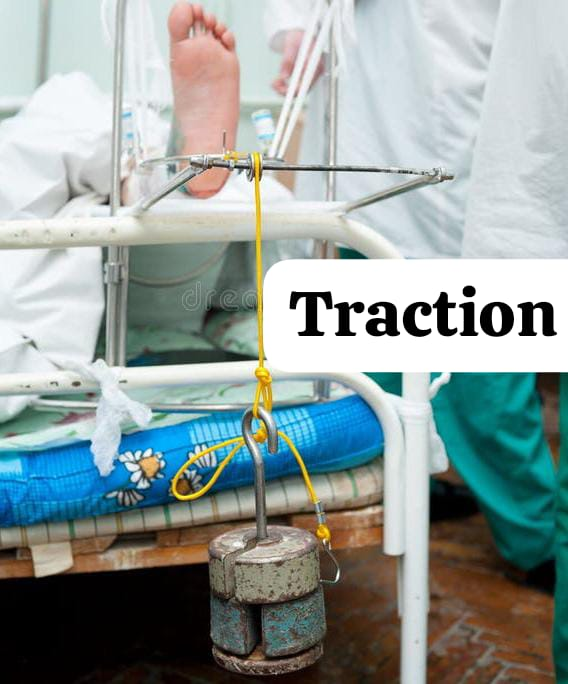
Traction is a therapeutic method in which a part is pulled and held in the proper position, especially when a bone is broken down. This method helps in reducing muscle spasm, controlling pain and keeping the fracture (fragment) stable.
3) Fracture:

Fracture is the breaking down of a bone. It can be of different types such as:
- Simple fracture
- Compound fracture
- Comminuted fracture
- Greenstick fracture
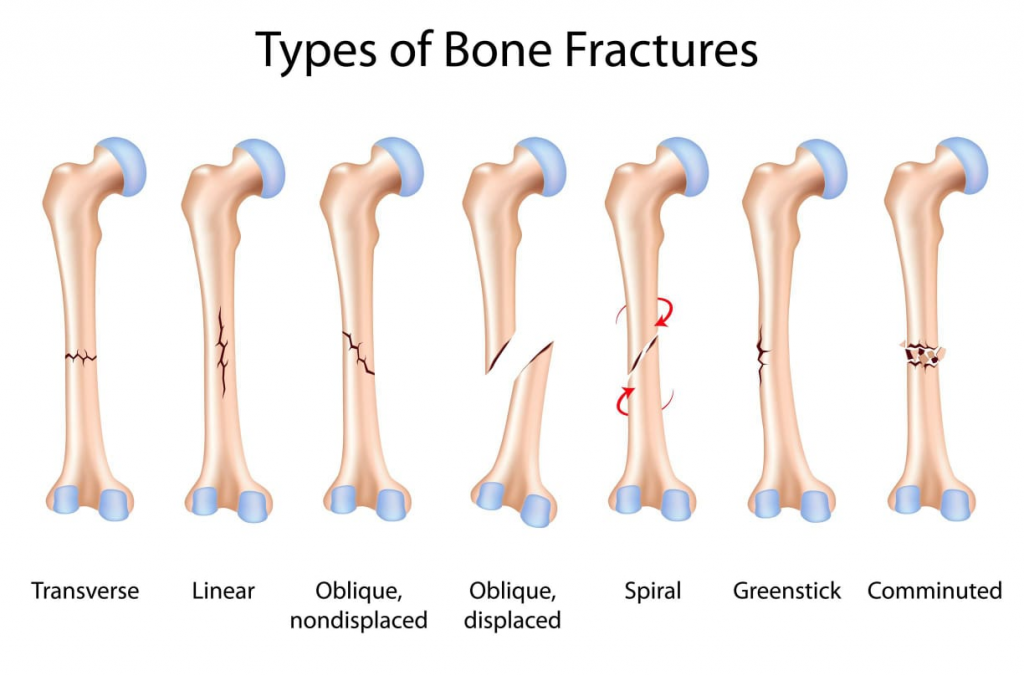
When bone breakdown occurs, the patient may need traction, a cast, or surgery.
4)Important Aspect for Specialised care of bed ridden patient:
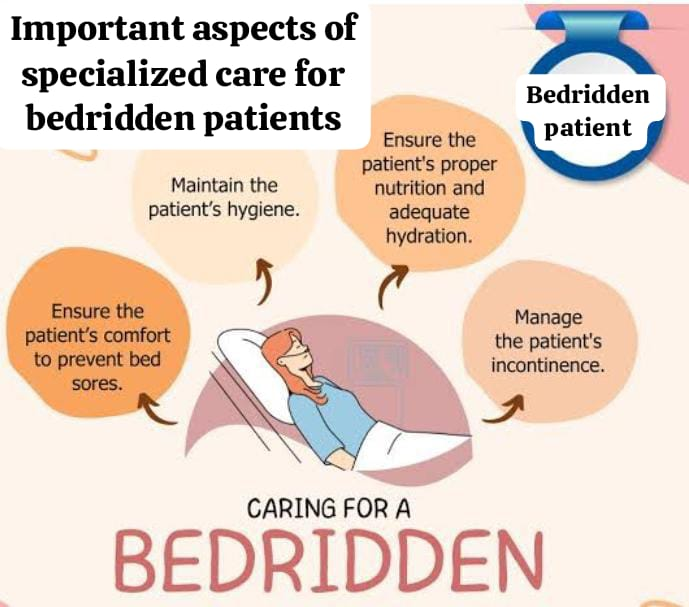
i. Positioning:
- Change the patient’s position every 2 hours to avoid pressure sores.
- The line of traction should be straight and in the right direction.
- It is important to maintain postural alignment.
ii. Skin Care:
- Assess the skin daily to prevent bedsores.
- Keep the skin dry and clean.
- Use pads and air mattresses.
iii. Nutrition:
- Give a diet high in protein and calcium.
- Adequate intake of vitamin D, iron, and fluids is necessary.
- If the patient eats less, give a supplement.
iv. Mobility and Exercise:
- If possible, do passive exercise.
- To prevent deep vein thrombosis, do gentle leg massage or leg movement.
v. Pain Management:
- Provide analgesic medication as directed by the doctor.
- Ice packs can help relieve pain.
vi. Mental and Social Support:
- Being in bed for a long time can cause depression and anxiety.
- Talking to the patient, encouraging them to connect with the family.
5) Potential complications and their consequences Potential complications and precautions to avoid them:
- Check the skin daily for bedsores.
- Maintain cleanliness to avoid urinary tract infection.
- Take planned care to avoid problems like pulmonary embolism, constipation.
- For bedridden patients with traction and fractures Entire daily care is very important. Proper positioning, nutrition, skin care, exercise, pain control, and mental support can help maintain the patient’s health and make treatment more effective.